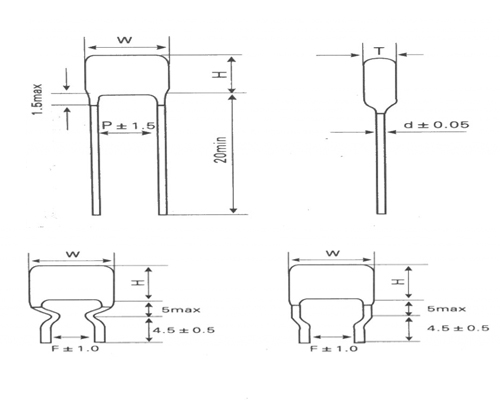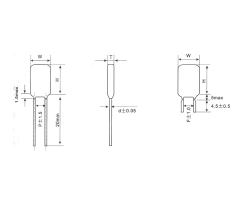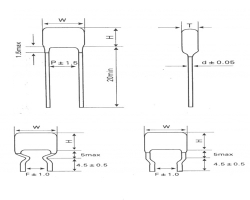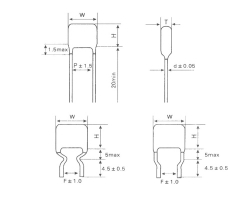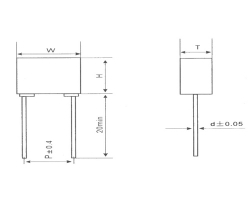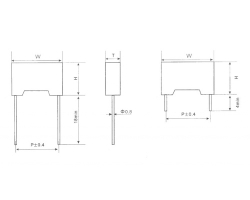Polyester film capacitor manufacturers believe that in addition to electrolytic capacitors, other capacitors have no difference between positive and negative electrodes. On the negative side of the electrolytic capacitor, there is a string of "- signs, but the positive electrode does not; another method is: if there is no pin cutting, the longer end of the pin is the positive pole, and the shorter one is the negative pole.
There is a thick white wire outside the electrolytic capacitor. There is a line of negative sign inside the white line. The first stage over there is the negative pole. On the other side is the positive. When measuring with a meter, select the gear according to the capacity. It is difficult to measure 4700pf with 10K gear capacity. The method is that the two probes contact the two electrodes respectively, and discharge the capacitor first each time. When the resistance is high, the black pen is connected to the positive pole.
Due to the different insulating materials, the types of capacitors are also different: according to the structure, they can be divided into fixed capacitance, variable capacitor and fine tuning capacitor. According to the dielectric materials can be divided into: gas dielectric capacitor, liquid dielectric capacitor, inorganic solid dielectric capacitor, organic solid dielectric capacitor, electrolytic capacitor. According to polarity, it can be divided into polar capacitance and nonpolar capacitance. What we often see is electrolytic capacitors. In principle, it can be divided into: non-polar variable capacitor, non-polar fixed capacitor, polar capacitor, etc. It can be divided into: CBB capacitor (polyethylene), polyester capacitor, ceramic capacitor, mica capacitor, monolith capacitor, electrolytic capacitor, tantalum capacitor, etc.
